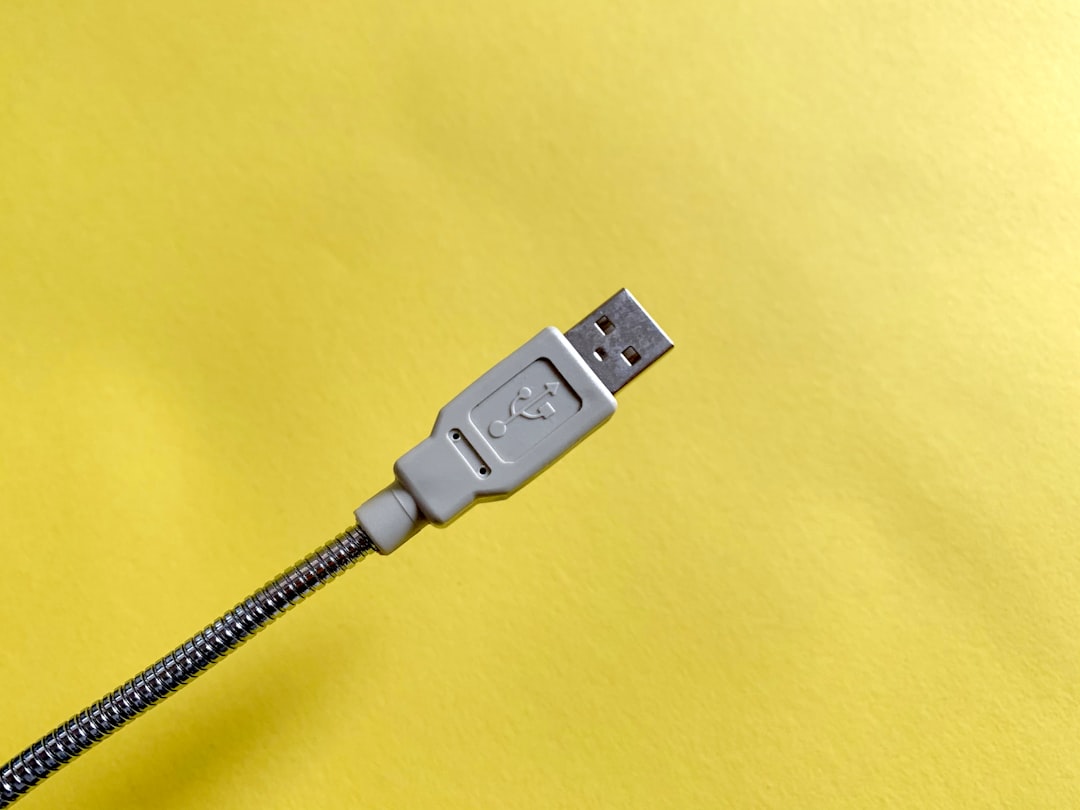
Maximize Your Energy with Innovative Recharge and Flow Strategies
In today’s fast-paced world, maximizing your energy levels is crucial for maintaining productivity and enhancing overall well-being. Innovative recharge and flow strategies can significantly improve your energy management, allowing you to thrive both personally and professionally. This guide delves into effective methods backed by credible research to help you cultivate sustained energy throughout your day.
Understanding Energy Management
Energy management involves understanding how your body utilizes energy and the factors that can influence it. Many individuals experience fluctuations in energy levels due to various lifestyle choices, stressors, and environmental factors. Implementing innovative strategies can help you harness your energy more effectively and maintain a state of flow.
The Importance of Recharge Strategies
Recharge strategies are essential for recovering from fatigue and restoring your energy reserves. Research has shown that regular breaks and mindful activities can enhance cognitive function and overall performance. Here are some innovative recharge techniques to consider:
1. Power Naps
Power naps can be an effective way to boost your energy levels and improve alertness. Research indicates that a short nap of 10 to 20 minutes can enhance cognitive performance without leading to sleep inertia, the grogginess that sometimes follows longer naps. Incorporate power naps into your daily routine when you feel your energy levels dipping.
2. Mindful Breathing
Mindful breathing exercises can help reset your mind and body, promoting relaxation and focus. Techniques such as the 4-7-8 method involve inhaling for four seconds, holding your breath for seven seconds, and exhaling for eight seconds. Engaging in mindful breathing for just a few minutes can reduce stress and rejuvenate your energy.
3. Movement Breaks
Incorporating short movement breaks throughout your day can significantly enhance your energy. Research indicates that even a five-minute walk or stretching session can invigorate your body and increase productivity. Set a timer every hour to remind yourself to stand up, stretch, or take a quick walk to recharge.
Cultivating Flow States
Flow is a psychological state characterized by complete absorption in an activity, leading to heightened focus and energy. Here are some tips to help you achieve flow more consistently:
1. Set Clear Goals
Establishing clear, achievable goals can help direct your energy towards meaningful tasks. Break larger projects into smaller, manageable steps. This not only makes the tasks feel less daunting but also provides a sense of accomplishment as you progress.
2. Eliminate Distractions
Creating an environment conducive to flow requires minimizing distractions. Turn off notifications on your devices, designate a quiet workspace, and utilize tools like website blockers to maintain focus. A distraction-free environment enhances your ability to concentrate and engage fully in your work.
3. Match Tasks with Energy Levels
Understanding your natural energy patterns can help you schedule tasks more effectively. Identify peak energy times during your day and align demanding tasks with these periods. By matching your energy levels with your workload, you can maximize productivity and minimize fatigue.
Nutrition and Energy
Nutrition plays a pivotal role in energy management. Consuming a balanced diet rich in nutrients can help sustain energy levels throughout the day. Here are some dietary strategies to consider:
1. Stay Hydrated
Dehydration can lead to fatigue and decreased cognitive function. Aim to drink sufficient water throughout the day, especially if you’re engaging in physical activity or live in a hot climate. Incorporate hydrating foods, such as fruits and vegetables, into your meals.
2. Nutrient-Dense Foods
Prioritize whole foods that provide sustained energy, such as whole grains, lean proteins, healthy fats, and a variety of fruits and vegetables. Foods high in fiber, like oats and legumes, release energy slowly, keeping you energized for longer.
3. Balanced Meals
Ensure that your meals are balanced, incorporating macronutrients (carbohydrates, proteins, and fats) to provide a steady energy supply. Avoid excessive sugary snacks, as these can lead to energy crashes.
Addressing Common Misconceptions
Many people believe that caffeine is the best way to boost energy. While it can offer a temporary lift, relying on caffeine can lead to dependency and energy crashes. Instead, focus on holistic strategies that promote sustained energy without the downsides of stimulants.
Additionally, some may think that working longer hours equates to increased productivity. However, research shows that regular breaks and maintaining a healthy work-life balance are crucial for long-term energy management and overall effectiveness.
Encouragement for Your Wellness Journey
As you implement these innovative recharge and flow strategies, remember that energy management is a personal journey. It’s essential to listen to your body and adjust your routines based on your unique needs. Celebrate your progress, no matter how small, and remain committed to prioritizing your health and wellness.
For further reading on energy management, consider exploring resources like:
By adopting these strategies and fostering a mindful approach to energy management, you can enhance your vitality and enjoy a more fulfilling life.


